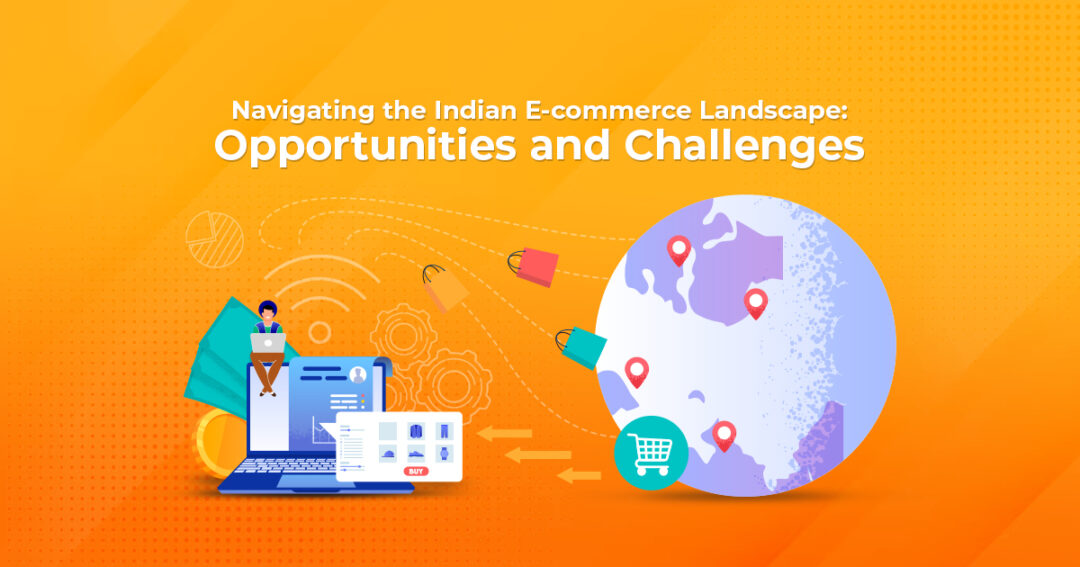The Indian e-commerce landscape has witnessed remarkable growth and transformation over the years. With a young and tech-savvy population and rising standards of living, India offers a vast and promising market for e-commerce businesses. In this article, we will explore the opportunities and challenges that define the dynamic world of Indian e-commerce.
Opportunities in the Indian E-commerce Space
Rapidly Growing Market:
India’s e-commerce market has been expanding exponentially, presenting businesses with the prospect of reaching millions of potential customers.
Mobile E-commerce:
The proliferation of smartphones has led to a surge in mobile e-commerce, making it essential for businesses to have a strong online presence and user-friendly mobile apps.
E-commerce Infrastructure:
Improvements in logistics and digital payment systems have enhanced the overall e-commerce infrastructure, reducing delivery times and increasing customer trust.
Rural Penetration:
E-commerce companies are increasingly tapping into rural markets, offering products and services to previously underserved areas.
E-commerce Enablers:
The Indian government’s initiatives such as Digital India and Make in India have provided a conducive environment for e-commerce growth.
Challenges Faced by E-commerce Businesses in India
Regulatory Complexity:
E-commerce companies must navigate complex regulations, including foreign direct investment (FDI) restrictions and tax compliance issues.
Competition:
Intense competition among e-commerce giants and startups necessitates continuous innovation and aggressive marketing.
Infrastructure Gaps:
Despite improvements, logistics and last-mile delivery challenges persist in certain regions, affecting timely deliveries.
Consumer Trust:
Building and maintaining trust among Indian consumers is crucial, given concerns about counterfeit products and data security.
Sustainability:
E-commerce’s rapid growth has raised environmental concerns related to packaging and delivery practices.
In conclusion, India’s e-commerce landscape offers immense opportunities, driven by a burgeoning consumer base and technological advancements. However, businesses must address regulatory hurdles, competition, and sustainability concerns to thrive in this dynamic market. Navigating the Indian e-commerce terrain requires a combination of innovation, adaptability, and a deep understanding of the local market dynamics


